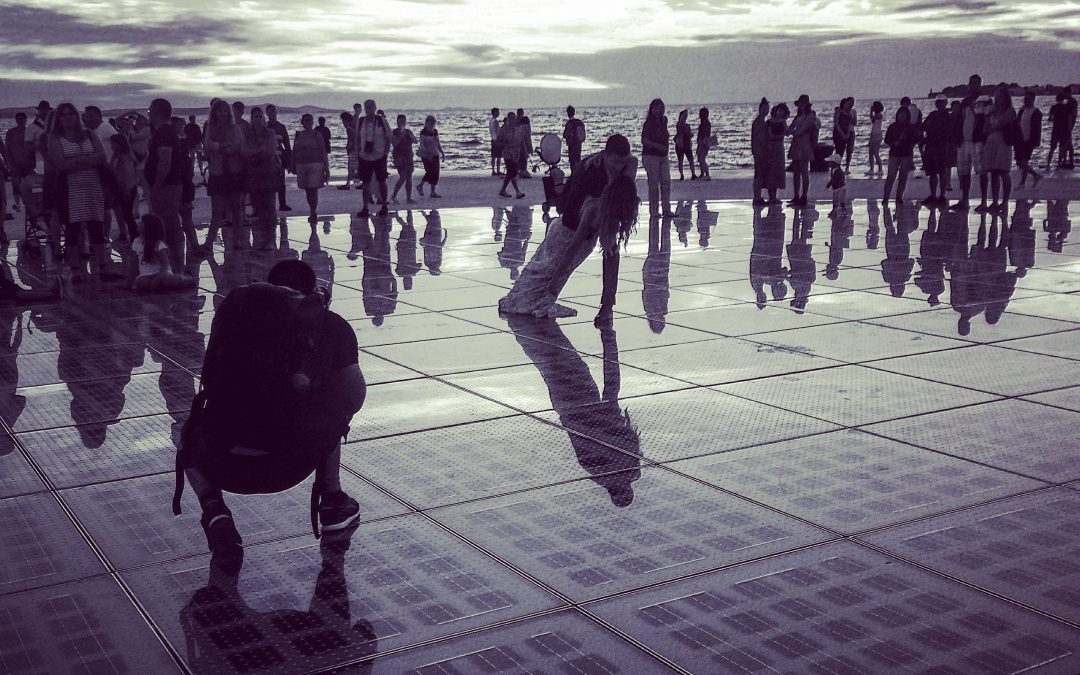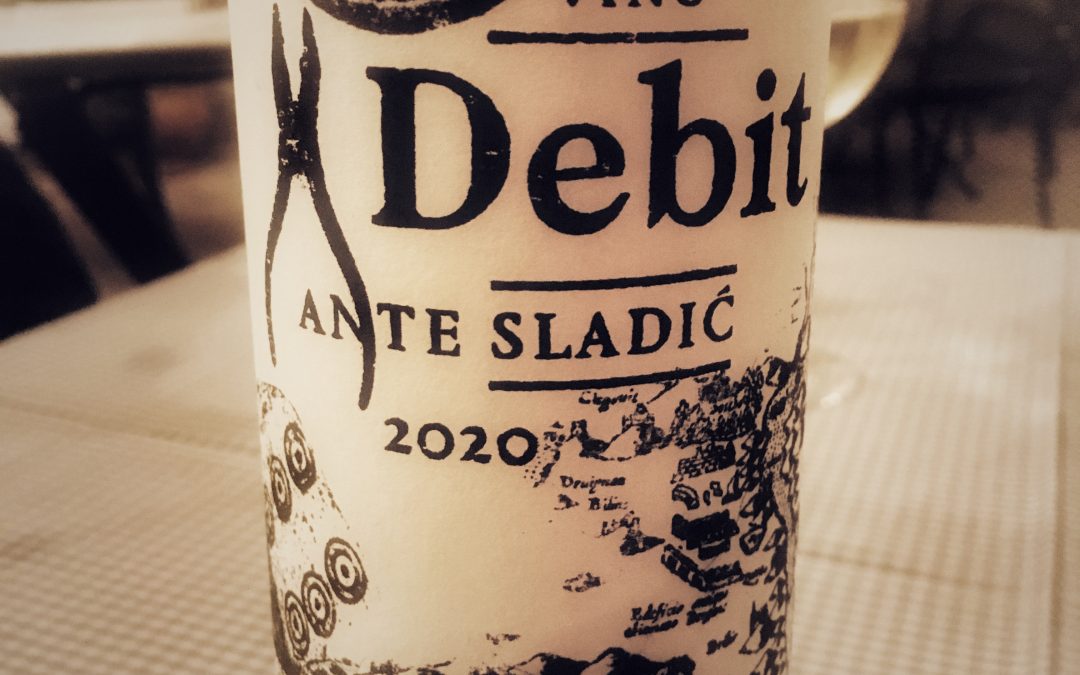Zadar has the most beautiful sunset in the world, more beautiful than the one in Key West in Florida, applauded at every evening. So said, Alfred Hitchcock, on a visit to the stunning Dalmatian coastal city of Zadar. And, if he said it, it must be true... We are now...


